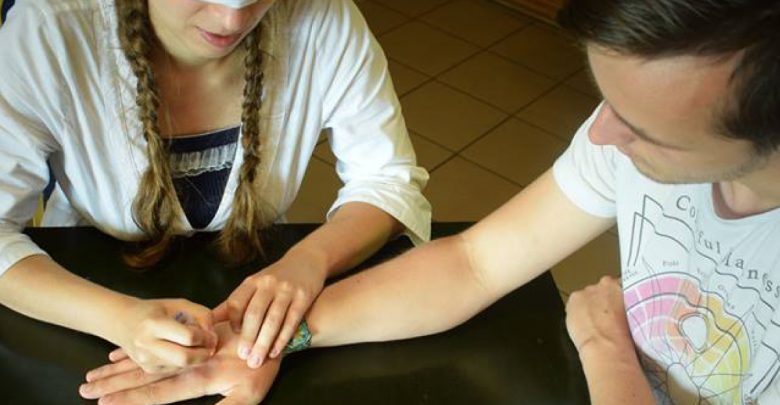What works in guiding and supporting learning
This is a tool that presents ways to guide the learners in their learning journey. How to challenge and encourage them and how to get them more involved and take responsibility for their own learning.

Why did I choose this tool? I chose this tool because I believe it is important to make a distinction not only between encouraging – confronting the learners, but also by supporting and encouraging in a way that is useful for the learners’ personal and professional development.
How does this apply to being a trainer? Trainer’s role is versatile and sometimes needs to change on the go. Which educational approach is used depends on the situation and reading situations can be tricky. In this tool I am sharing some insights from participants on what worked for them in the process of learning and in guiding another person through the learning process.
Main content:
In the past summer we were working with some colleagues on a training course for youth workers on the facilitation of learning and supporting personal development of young people. We did an exercise of “Leading the blind” where participants of the training are divided into trios and have 3 rounds of experiencing being blindfolded, guiding the blindfolded and observing the process. In each round there were different tasks and challenges created by the trainers, which the blind had to overcome. After each round participants got to debrief:
- How was it for me to lead?
- How was it for me to follow?
- What would I like to keep? What would I like to change in this process?
- What did the observers notice?
In the final reflection with the whole group we asked the participants to share what is good quality guiding and what is bad quality guiding (keeping in mind the educational process of course). These are the outcomes:
Non-quality of guiding
- Frustrated guide
- Lack of planning
- Lack of transparency
- Multisensory guiding
- Bossy and not letting the learner to find a way
- Not recognizing achievements (not-supporting)
- Making assumptions
- Lack of connection
Quality
- Leave room for challenge
- Prevent from panic zone
- Be attentive
- Knowledgeable
- Find efficient way to give information / proper communication
- To give and receive feedback
- Building bond of trust
- Ensuring safety
- Knowing and understanding the task itself
If you would like a more theoretical approach, read a chapter on Praise and criticism by Geoff Petty in “Teaching Today: a practical guide” p. 65-77. This chapter is made up for teachers. Which parts of the practical guide can be transferred into your training practice? Which ones cannot? Shouldn’t? Why?
Reflection questions:
- Which ones of the supporting / encouraging techniques are you using at work?
- Which ones did u try but they didn’t work with that specific group. Why do you think that happened?
- Which ways to encourage learning do you think are not in line with your educational approach?
Exercises:
How to apply it in everyday life:
- Make yourself a list of encouraging / supporting techniques that you would like to try with a group. Go through them before the next training you are planning to implement. Try out few of them and reflect with a colleague on the impact of them.
- Do the exercise of “leading the blind” with 2 colleagues (1 person blindfolded, 1 – leading the blind, 1 – observing and taking notes), do not skip any reflection steps. After all the rounds add to the list of good guiding and bad guiding.






